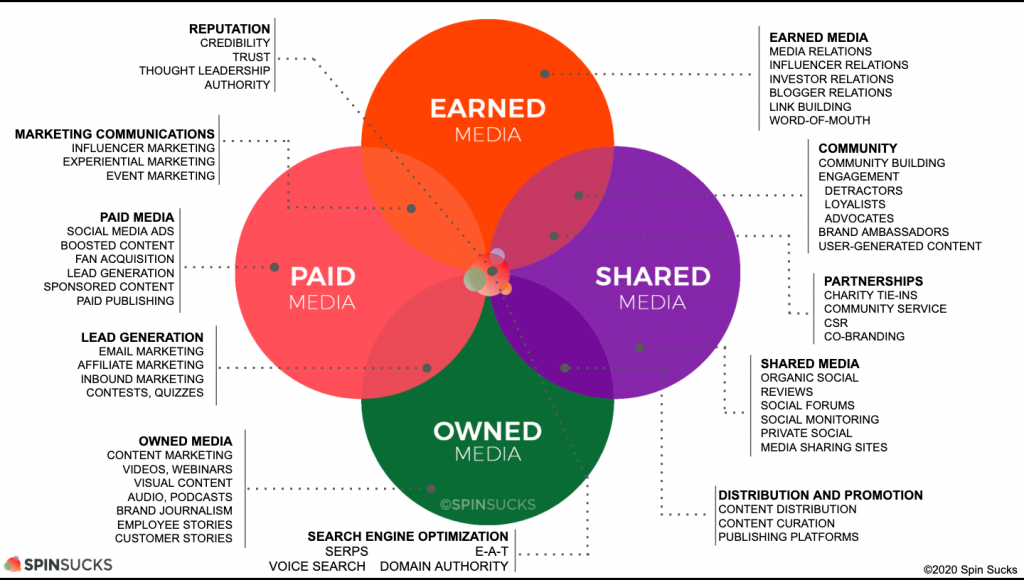Public Relations (PR) has long been associated with the art of managing an organization’s relationship with the media. While media relations is undoubtedly a critical aspect of PR, it is essential to recognize that PR encompasses a much broader spectrum of activities and responsibilities. In the modern era, the role of PR has evolved to include a wide array of functions beyond just dealing with the press.
Media relations, in its traditional sense, involves building and maintaining positive relationships with journalists, bloggers, and other media professionals. PR professionals facilitate communication between their clients or organizations and the media, with the aim of securing favorable coverage. However, this is just one piece of the PR puzzle.
Today, effective PR extends well beyond media relations. Here are several aspects that highlight the broader scope of PR:
Stakeholder Engagement: PR professionals now focus on engaging a wide range of stakeholders, including customers, employees, investors, and the community at large. They work to build and maintain strong relationships with these groups, recognizing that the reputation of an organization depends on how it is perceived by all its stakeholders.
Crisis Management: PR plays a crucial role in handling crises, be they product recalls, legal issues, or public relations disasters. PR experts are responsible for developing crisis communication strategies that help organizations respond effectively and mitigate reputational damage.
Content Creation: In the digital age, content is king. PR professionals are involved in creating various types of content, including press releases, blog posts, social media updates, videos, and infographics. This content helps organizations connect with their target audiences and convey their key messages.
Social Media Management: The rise of social media has transformed the way organizations interact with the public. PR professionals now manage an organization’s social media presence, responding to comments, addressing concerns, and promoting a positive image.
Event Planning: PR experts often organize events, from product launches to charity galas. These events provide opportunities to engage with stakeholders and promote a brand or cause.
Influencer Relations: PR is increasingly involved in collaborating with social media influencers and online personalities to reach and engage with specific audiences.
Branding and Positioning: PR professionals are responsible for shaping an organization’s brand and public image. This involves strategic positioning, messaging, and storytelling.
Internal Communications: Effective internal communication is vital for maintaining employee morale and productivity. PR plays a role in ensuring that employees are well-informed and engaged.
Public Affairs: PR professionals work with government agencies and policymakers to advocate for favorable policies and regulations.
In summary, public relations has evolved into a multifaceted discipline that extends well beyond media relations. It encompasses a wide range of activities focused on building and maintaining positive relationships with various stakeholders, managing crises, creating compelling content, and engaging with the public through a variety of channels. In today’s interconnected and digital world, PR is a critical function for organizations looking to protect and enhance their reputations. It’s clear that PR is not only about media relations; it’s about managing relationships, reputation, and communication in a comprehensive and strategic manner



Comment here